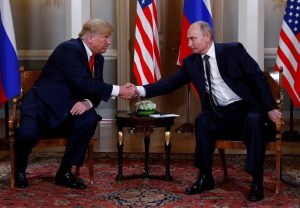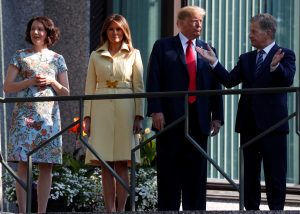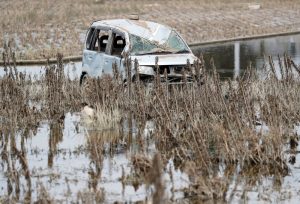
ISLAMABAD (Reuters) – The death toll from a suicide attack on an election rally in Pakistan’s southwestern Baluchistan province on Friday spiked to 149, officials said, putting it among the deadliest attacks in the south Asian nation’s history.
As campaigning steps up for general elections on July 25, bombings across Pakistan have stoked fears of more violence in the country of 208 million, where political rallies can draw tens of thousands of people.
Friday’s attack at a rally for the Baluchistan Awami Party (BAP) outside the town of Mastung was claimed by militant group Islamic State. Among the dead was the party’s provincial candidate, Siraj Raisani.
A video clip showed Raisani beginning his speech just before the attack, greeting crowds seated on the ground under a large tent before the blast hit and the image cut off.
Provincial government officials said they were not told about the rally and so had not provided security to Raisani, beyond the bodyguards in his security detail.
“The death toll of Mastung carnage is now 149,” senior police official Qaim Lashari told Reuters, adding that more than 180 people were wounded and the dead included nine children.
Many of the wounded remain in critical condition at hospitals in Mastung, the provincial capital of Quetta and in the southern city of Karachi. Officials expect the death toll to rise.
Until this week, Pakistan’s election campaign had been relatively peaceful, compared with frequent Pakistani Taliban attacks during the 2013 election, when 170 people were killed, figures from the Pakistan Institute for Peace Studies show.
On Tuesday, a Pakistani Taliban suicide bomber blew himself up at a rally by the Awami National Party (ANP) in the northwestern city of Peshawar, killing 20 people.
Among the dead in Peshawar was ANP candidate Haroon Bilour, whose father, senior ANP leader Bashir Bilour, had himself been killed in a 2012 suicide bombing in the city.
On Friday, another bomb struck the convoy of the religious Muttahida Majlis-e-Amal party (MMA) in the northern town of Bannu, killing four people.
Violence in Pakistan has ebbed since the military began major operations against Taliban militants along the tumultuous border with Afghanistan following a shocking 2014 attack on a Peshawar school that killed 153 people, most of them children.
(Writing by Saad Sayeed; Editing by Clarence Fernandez)











